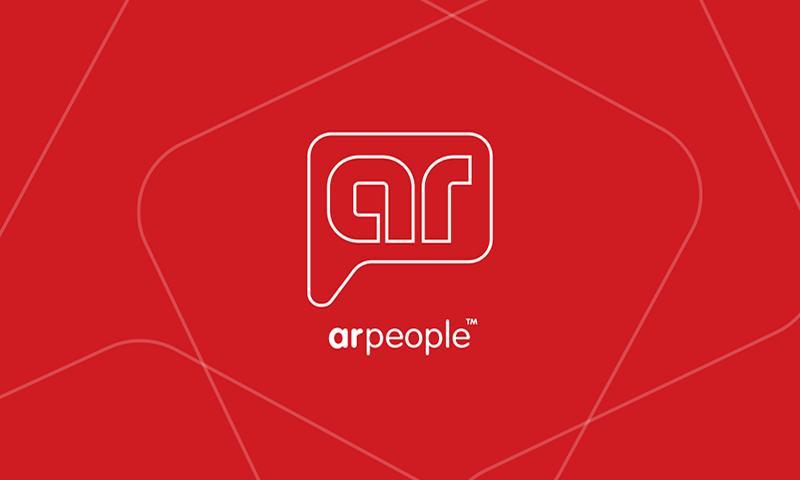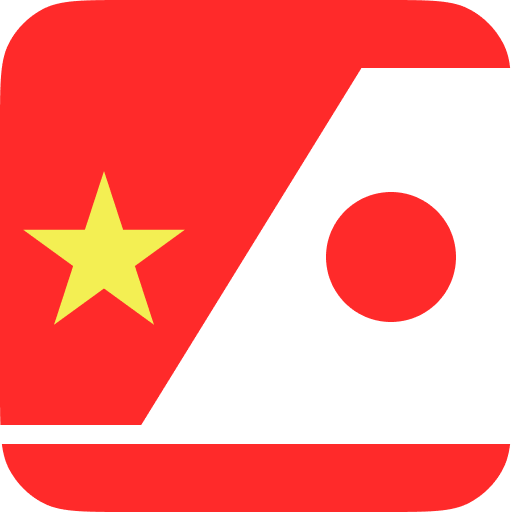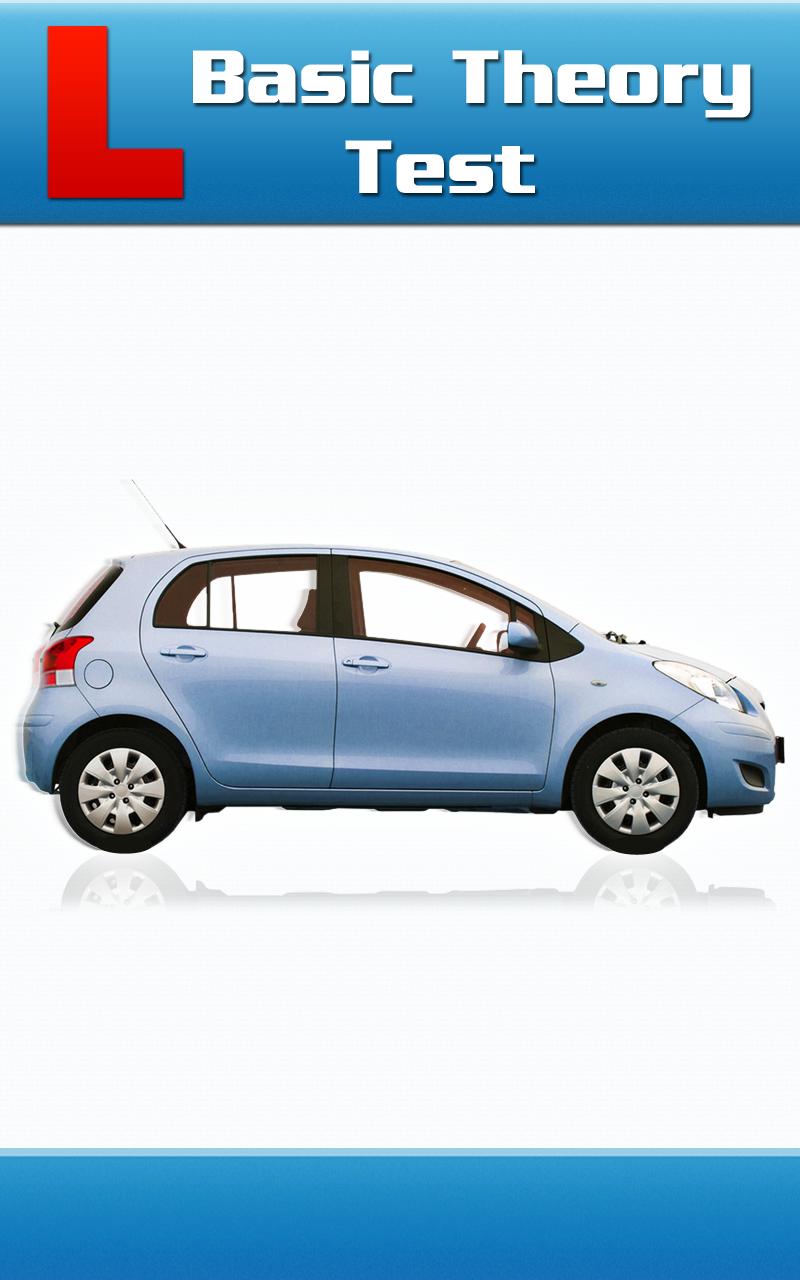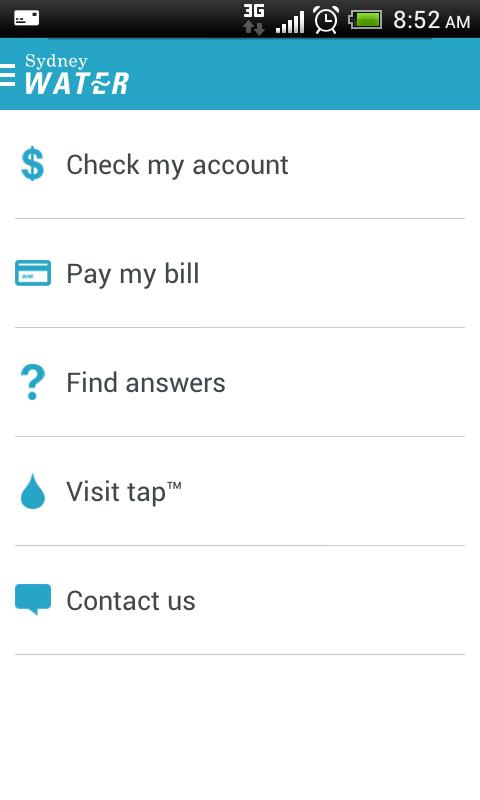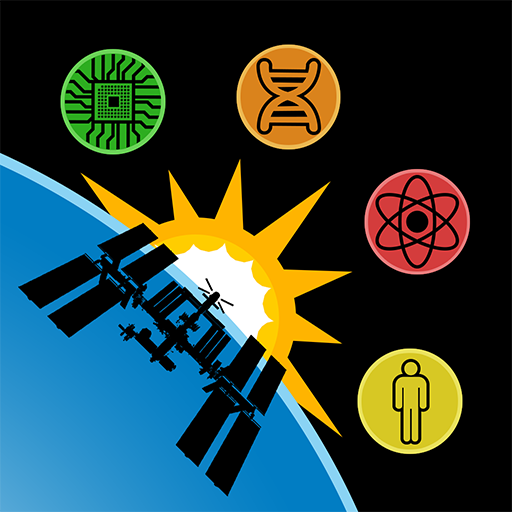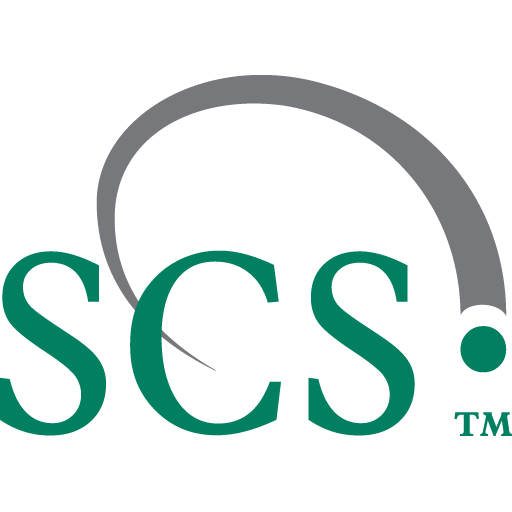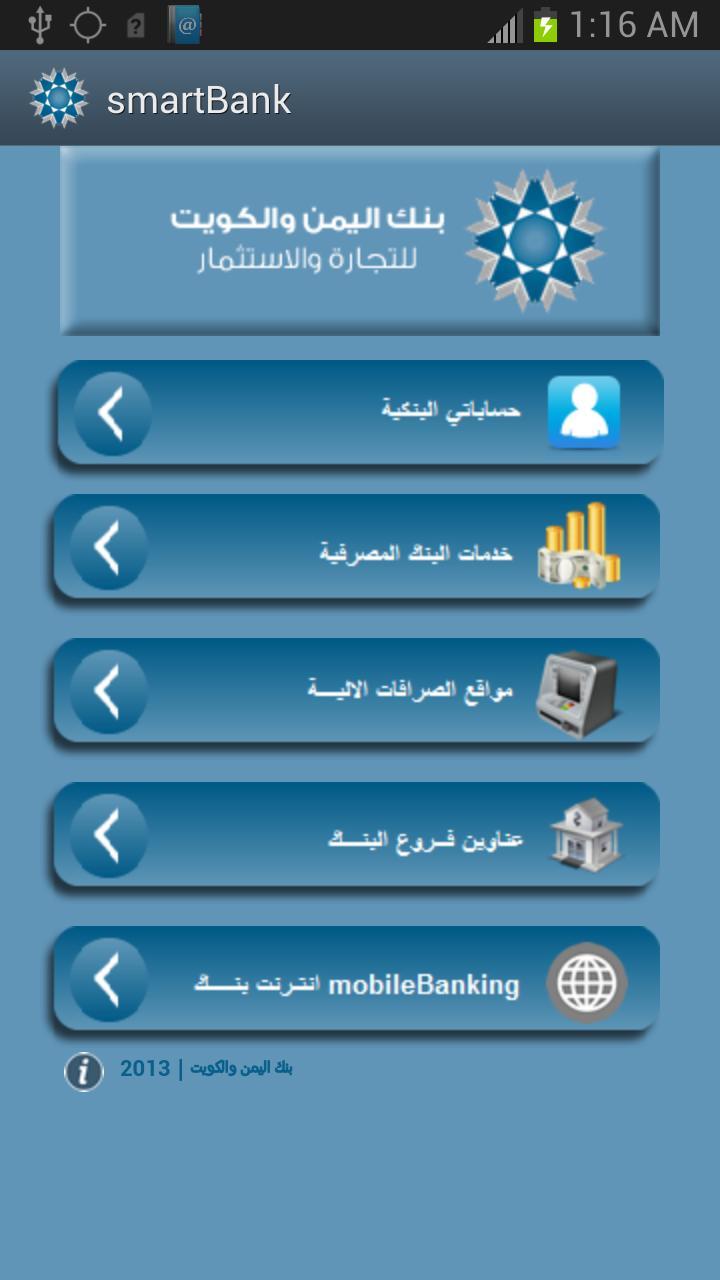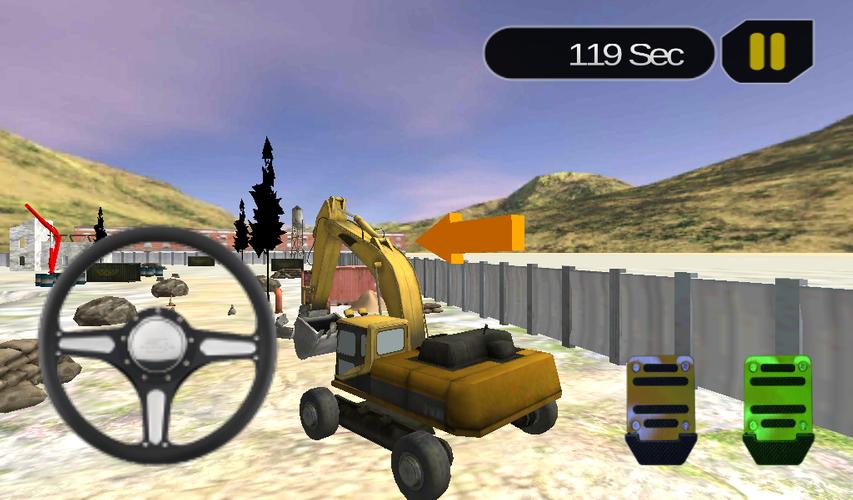
Learn Basics of java , Every beginer should have this for Understanding better.
Object-Oriented Programming is a methodology to design a program using classes and objects. It simplifies the software development by providing some concepts:
1. Object
2. Class
3. Inheritance
4. Polymorphism
5. Abstraction
6. Encapsulation
Advantage of OOPs over Procedure-oriented programming language
1) OOPS facilita o desenvolvimento e a manutenção, onde, como na linguagem de programação orientada a procedimentos, não é fácil gerenciar se o código crescer à medida que o tamanho do projeto cresce.
2)OOPs provides data hiding whereas in Procedure-oriented programming language a global data can be accessed from anywhere.
3)OOPs provides ability to simulate real-world event much more effectively. We can provide the solution of real word problem if we are using the Object-Oriented Programming language
Alguns dos tópicos abordados no aplicativo são:
1. Overview of OOP
2. Elements of the Object Model
3. Basic Concepts of Object Oriented Programming
4. Benefits of OOP
5. Object
6. Relationships among Objects
7. Classes
8. Relationships among Classes
9. Relationships between Classes and Objects
10. On Building Quality Classes and Objects
11. characteristics of object oriented modeling
12. Links and Association
13. Generalization and Inheritance
14. An object model
15. Need for OOP Paradigram
16. Multiple Inheritance
17. Data Encapsulation
18. Access Control
19. Creating and Destroying Objects
20. Garbage Collection
21. Introduction to Dynamic modeling
22. Events
23. states and state diagram
24. Elements of state diagram
25. Advanced concepts in modeling
26. Concurrency
27. Dynamic model
28. Introduction to Modeling
29. Object Oriented Methodologies
30. OMT Methodology
31. Inheritance
32. Types of Inheritance
33. Scenario
34. Event-Trace Diagram
35. Introduction to functional modeling
36. Data Flow Diagram (DFD)
37. Examples of DFDs
38. Data Dictionary and Meta Data
39. Steps to Produce a DFD
40. Different Types of Keys
41. Introduction to System Design
42. Making a Reuse Plan
43. Estimating Hardware Resource Requirements
44. Handling Global Resources
45. Setting trade-off Priorities
46. Dynamic Simulation
47. Real time system
48. Introduction to Object Design
49. Presentation of Contents
50. Design Algorithms For Operations
51. Implementation of Control
52. Design Associations
53. Determine Object Representation
54. Documentation
55. Introduction to methodologies to represent oops
56. Jackson Structured Development (JSD)
57. Overcome the limitations of SA/SD and JSD
58. Overcome the limitations of SA/SD and JSD
59. Introduction to java
60. Features of Java
61. java operatores
62. data types in java
63. variable in java
64. Conditionals and Loops
65. Conditional and loop constructs
66. Arrays
67. Types of arrays
68. Multithreading Programming
69. Input / output in java
70. Method overriding
71. Dynamic Method Dispatch
72. Package in java
73. introduction to java applet
Cada tópico é completo com diagramas, equações e outras formas de representações gráficas para melhor aprendizado e compreensão rápida.
Significant object-oriented languages include Python, C++, Objective-C, Smalltalk, Delphi, Java, Swift, C#, Perl, Ruby and PHP. It is most widely used concept in programming.
A programação orientada a objetos faz parte dos cursos de educação em ciência da computação e engenharia de software e programas de graduação em tecnologia da informação de várias universidades.
